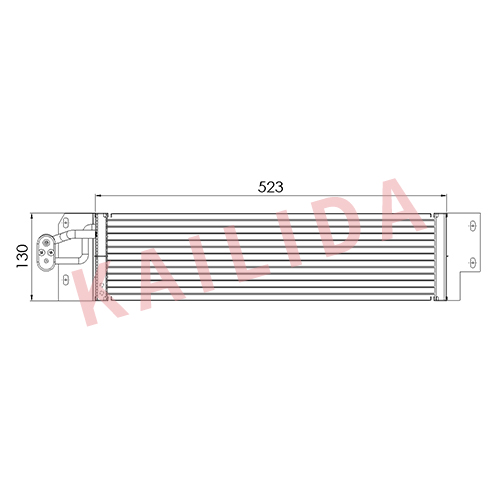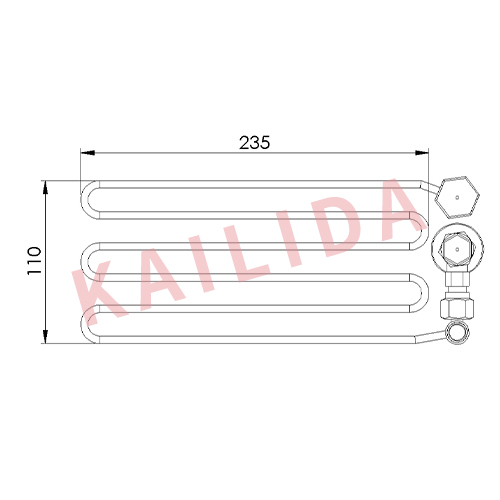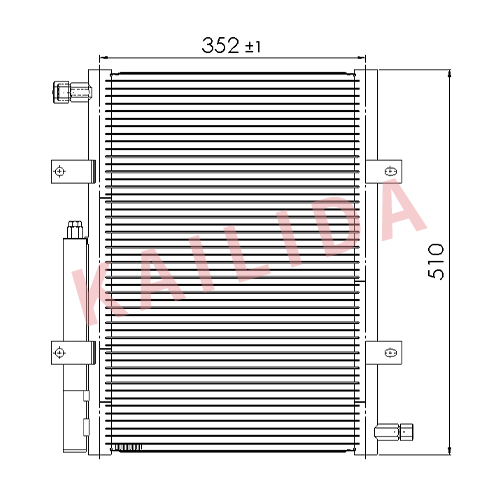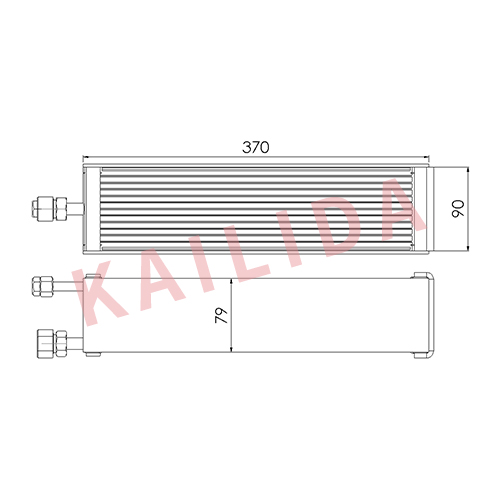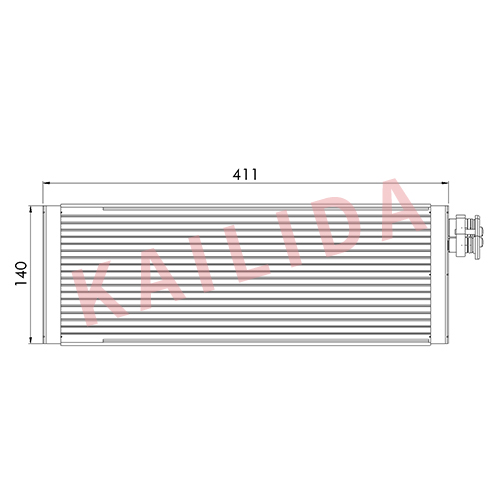What are the maintenance requirements for the exhaust valve and water drain device of the car air conditioning heater water tank?
Home / News / Industry News / What are the maintenance requirements for the exhaust valve and water drain device of the car air conditioning heater water tank?
What are the maintenance requirements for the exhaust valve and water drain device of the car air conditioning heater water tank?
Car air conditioning heater water tanks are usually equipped with exhaust valves and water discharge devices, which are essential to maintaining the normal operation of the water tank and the entire cooling system. The following are some maintenance requirements for exhaust valves and water drains:
Regular inspection: Regularly inspect the exhaust valve and water drain device to ensure their normal working condition. When inspecting, pay attention to the exhaust valve and water drain device for signs of damage, rust or blockage.
Cleaning and Lubrication: Clean the surfaces of the exhaust valve and drain to make sure there is no build-up of dirt or sediment around them. Apply lubricant or rust inhibitor regularly to prevent rust and corrosion and ensure smooth operation of the exhaust valve and drain device.
Test Operation: Regularly test the operation of the bleeder valve and drain device to ensure they are effectively removing air and coolant. Confirm that the exhaust and water drain functions are normal by opening the exhaust valve or water drain device and observing whether there are bubbles or coolant discharge.
Dealing with damage and blockage: If the exhaust valve or water drain device is found to be damaged, rusty or blocked, it should be repaired or replaced in time. A clogged exhaust valve or drain device may prevent the cooling system from properly exhausting or draining water, thereby affecting the performance and safety of the water tank and the entire cooling system.
Maintain a clean environment: Keep the environment around the car air conditioning heater water tank clean, and avoid dust, sand and other debris from entering to prevent these debris from clogging the exhaust valve and water discharge device.
Regular maintenance of the exhaust valve and water discharge device can ensure the normal operation of the car's air conditioning heater water tank and the effective work of the cooling system, thereby extending the service life of the car and ensuring driving safety.


Hot Products
-

vip@kailida.cc / xs1@kailida.cc
-

+86-13666577588 / +86-578-7768999
-

No. 13, Phase I, Lutian Block, Industrial Zone, Longquan City, Zhejiang Province, China
The company's main products include parallel flow condensers for vehicle air conditioning systems, tube and strip condensers, parallel flow evaporators, stacked evaporators, warm air tanks, etc. Automotive Air Conditioning Manufacturers


 English
English русский
русский Español
Español عربى
عربى 中文简体
中文简体
